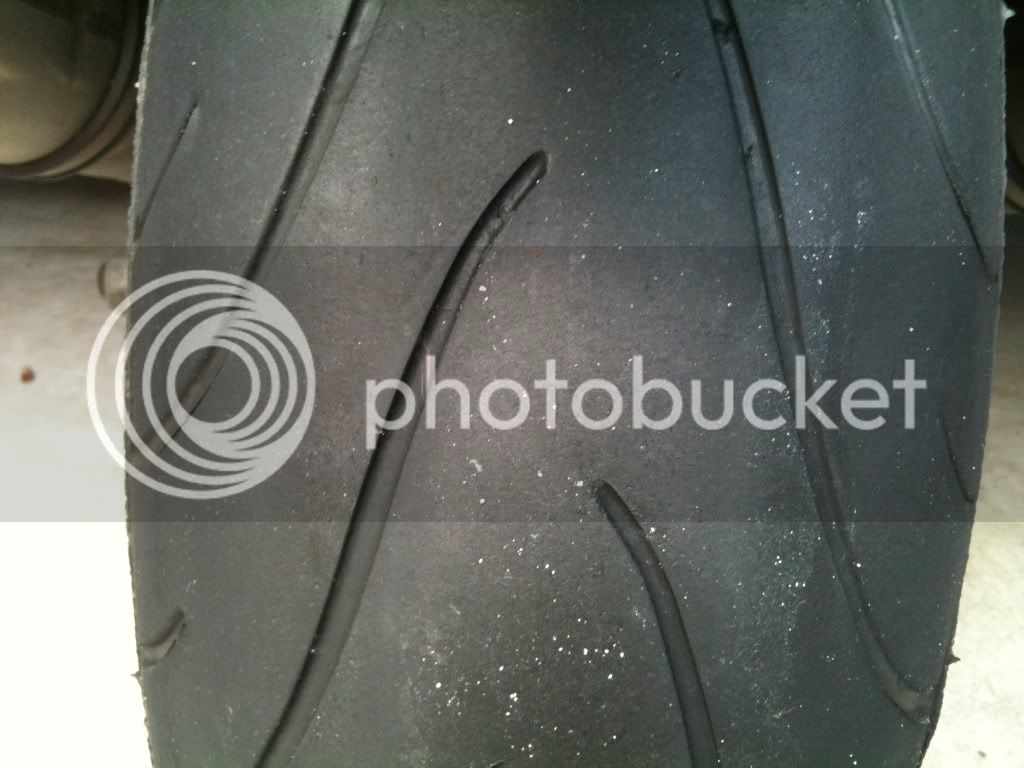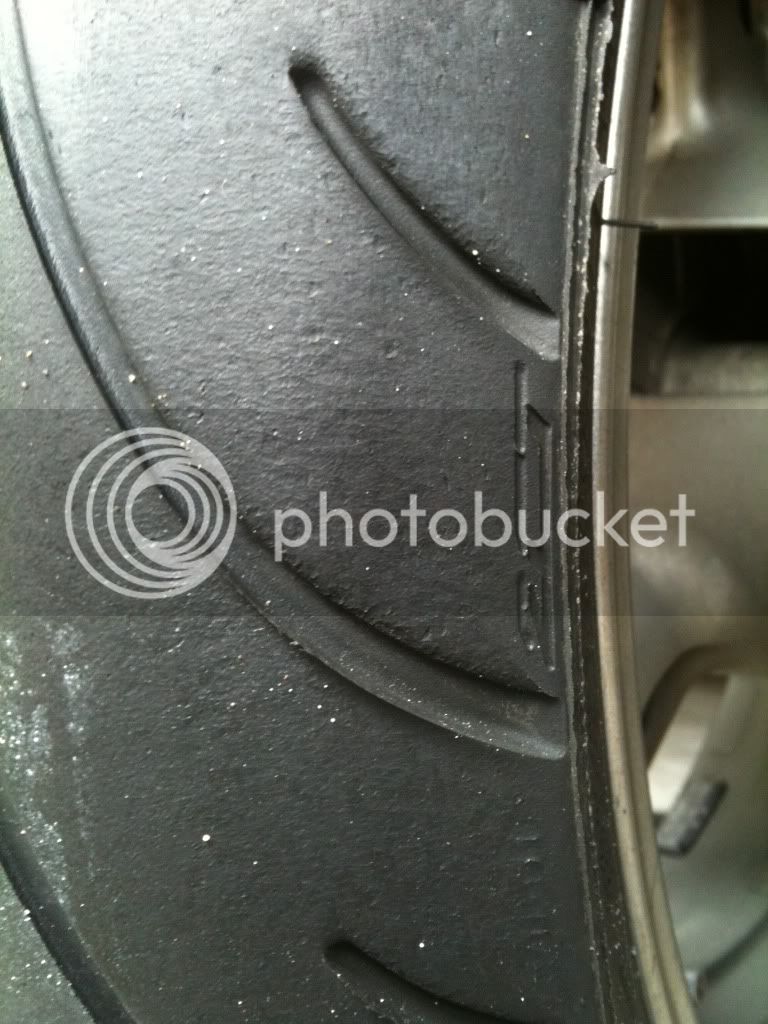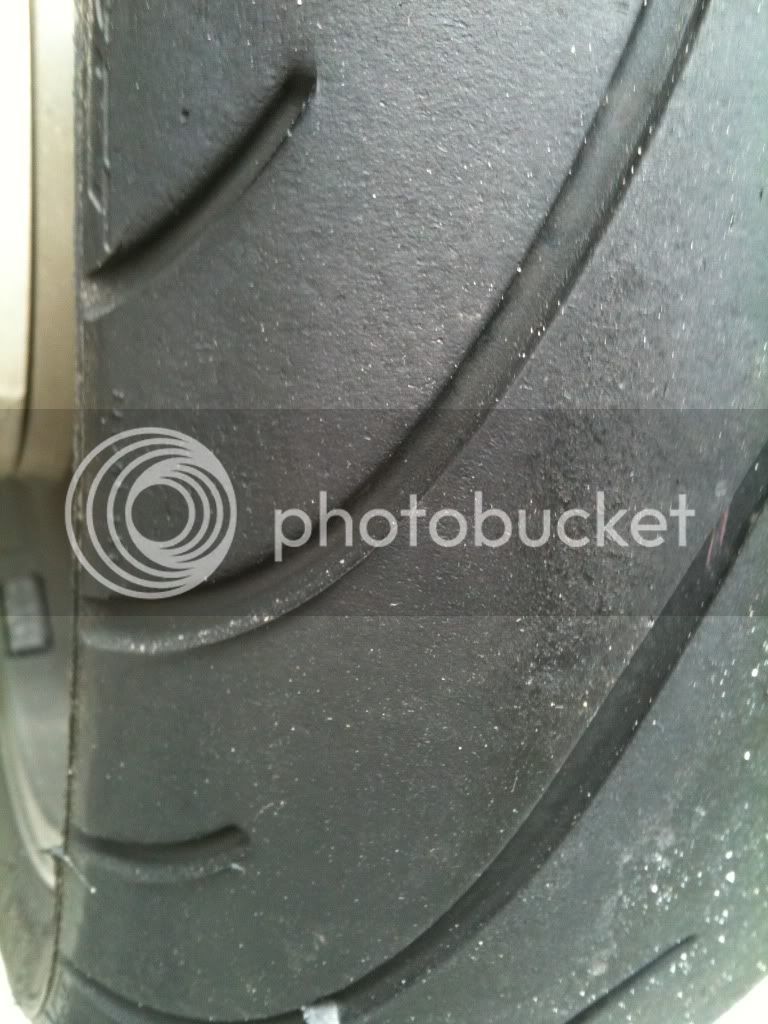Go the other way and dial out Rebound (18-20 clicks) and leave Compression more mid-range (12-15 clicks). That will give you a softer ride without being "bouncy".
Rebound damping controls spring movement or energy. It limits how fast the spring is allowed to move the suspension upwards after compression. Rebound is easy to set up correctly if you know what to look for. The number of clicks out/in does not provide any meaningful description of how much rebound is in the “ball park.” The number of clicks varies between bikes (even the same year and model) because type of suspension oil and age of the oil (looses viscosity over time) all have an effect on rebound damping.
Here is how to evaluate and adjust rebound damping.
1. Stand next to the bike and hold it upright. Apply the front brake. Push down on the front suspension and let the bike “rebound” upwards (keep the bike upright but don’t restrict the upward movement of the suspension).
2. As the front suspension reaches the top of its travel it may bounce up and down (or not). This movement is what you should observe when trying to determine how to adjust rebound.
3.
Too Little Rebound; The front suspension will rebound quickly. When the forks reach the top of their travel they will go back down, then back up. The bouncing or oscillation may take from 2 to 4 cycles (up and down) before the suspension movement stops. The “pogo stick” action of the suspension indicates too much rebound. Too much rebound will cause the ride to feel bouncy, like a pogo stick. Each bump encountered will cause the suspension to move and without enough rebound to control the spring energy the front will have excessive movement—upsetting the chassis and causing a lack of control of the bike—especially in corners.
4.
Too Much Rebound; The front suspension will rebound slowly. The forks will reach the top of their stroke and stop. There will be no up and down oscillations of the suspension. The ride will feel controlled—However the spring will not be able to extend quickly enough to deal with a series of bumps. The result is what is known as “packing” where the suspension will loose travel on each bump until it bottoms out.
5.
The Correct Amount of Rebound; Set the rebound adjustment so the suspension rebounds/extends as quickly as possible without bouncing when it reaches the top of its travel. A slight secondary bounce is OK. This amount of rebound is the correct “ball-park.” If your adjustment is in the ball park, further adjustment is subjective and each rider will have his/her own idea as to what’s ideal.
Note: The rebound adjustment procedure of the rear suspension is the same.
Just because your FJR has a rebound adjustment does not mean that you can get the rebound adjustment correct. Oil viscosity/age, rebound valving all effect the adjustment. In fact, many stock rebound adjusters cannot provide enough rebound damping--a common problem. That’s why Race-Tech and other aftermarket suspension providers are in business.
Even when new my stock FJR (05) was unable to dial in enough rebound with the adjuster screwed all the way in (no clicks out). I had to replace the Yamaha components with Race-Tech parts and their recommend oil to get rebound to adjust correctly. You can find lots of suspension info in Lee Park’s and Paul Thede’s book “
Race Tech's Motorcycle Suspension Bible"


































































